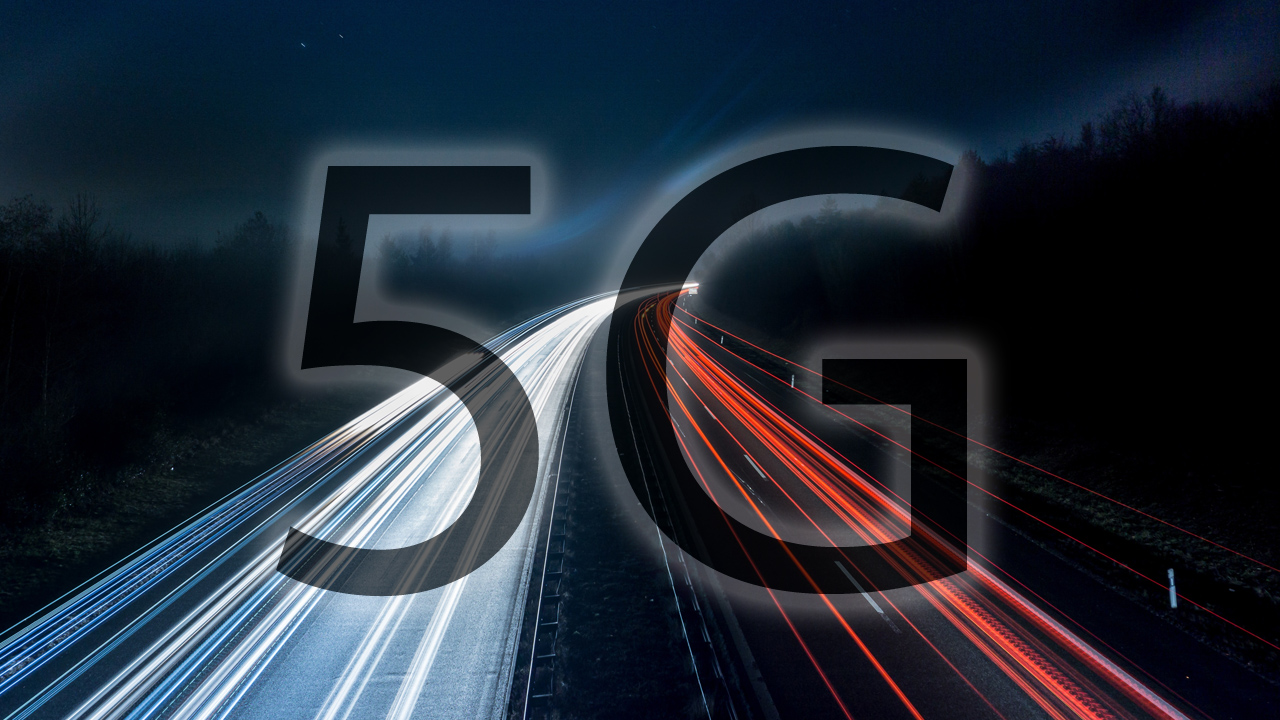5G: Bursting the bubble
While the clamour for 5G reaches fever pitch, is it really all it’s cracked up to be?

In an increasingly connected world, 5G is proclaimed as the next big leap in technology. In theory, it allows for instant access and decisions. It opens the door to all manner of new opportunities and stands to change the face of commerce. 5G is touted as the future – one where AR and VR technologies are the new norm and communication is transformed.
It seems that there’s no stopping the hype around 5G. But the question remains, is it really as life changing as we’ve been led to believe? It’s time to have a reality check and reveal whether 5G is friend of fallacy:
1. Niche use cases - The next big step in mobile data technology promises faster downloads, higher capacity and lower latency for users of high bandwidth services.
Higher capacity is ideal for densely populated areas where demand is stretched. 5G could, therefore, add an extra dimension when it comes to live entertainment. Sports stadiums and music festivals could launch “second screen” applications, giving users a more hands-on and engaging experience.
While it will no doubt be very useful in these situations, 5G is most definitely not the answer to all broadband and internet needs. While it has huge potential, it cannot magically travel vast distances, struggles to penetrate buildings or walls, and is by no means a direct replacement for wired connections.
In even the best-case scenarios it would be an addition to – rather than a replacement of – wired connections.
2. Adding to complexity - 5G muddies an already complex market.
Get up to speed with 5G, and discover the latest deals, news, and insight!
The new network consists mainly of two wireless technologies – mmWave and 60GHz – which have varying characteristics and applications. Given this complexity, consumers will likely have to use a combination of 4G and 5G technologies in their day-to-day lives for the foreseeable future. This alone means that 5G will have limited use even in developed markets.
3. Extensive infrastructure demands – 5G has a smaller range than other technologies, meaning many more and smaller base stations will need to be created.
There is set to be a big battle about how to install tens of millions of new micro-base stations to make sure people can get the reliable signal that is the foundation of any modern network. This will undoubtedly cause problems, add to costs and ultimately extend the period needed for its implementation.
The rollout of Australia’s National Broadband Network (NBN) was hugely delayed due to underestimating the cost and logistics involved. The municipal work required cables to travel through conduits under streets and in sewers and negotiations with Telstra to piggyback on their physical infrastructure and street furniture, as well as finding skilled workers with the right mix of skills and experience in the new technology and closing busy city centre roads and thoroughfares. This was a huge undertaking in terms of organisation.
A few weeks back, Verizon’s CEO said that 5G is “not a coverage spectrum” i.e. it won’t be available outside cities. T-Mobile was even more candid, saying that 5G would never reach rural America.
There is a silver lining for some specific rural areas, namely those that contain successful industry. Such areas can satisfy a business case for the role out given the lower cost and dramatic increase in connection speeds. This in turn could lead to more digitally depend businesses moving out of the cities.
4. Ready to go? – You would be forgiven for thinking that 5G is just around the corner but the reality is, it’s not.
In fact, for the vast majority of brands, it is a long way off. It’s likely to be years until the technology is accessible and 5G devices become mass market.
Moreover, the 5G standard is not yet finished. This is something that companies are struggling toward to, but the reality is there isn't a single functional public 5G network in the world right now. Many of the big telcos will be over the moon to get even a single handset up and running right now.
So just bear in mind that 5G is like virtual reality - it is there, but not in the way portrayed by some brands and the media.
5. Still a big bet for brands – The truth is that investing in 5G remains a gamble. The customer benefits are by no means certain, the implementation is expensive and the security and privacy implications are not yet fully understood.
Rather, businesses should focus on streamlining existing platforms by implementing new technologies and systems that can be analysed and upgraded when necessary. For most companies, expanding into new markets and embracing an omnichannel strategy will prove far more fruitful in the long and short term and should remain the priority.
At this point in time, attempting to leverage 5G to improve online or in-store experience is a dangerous journey for all but the most established players.
Richard Mathias, Senior Technology Architect, EMEA, LiveArea
Image Credit: Uverse internet
